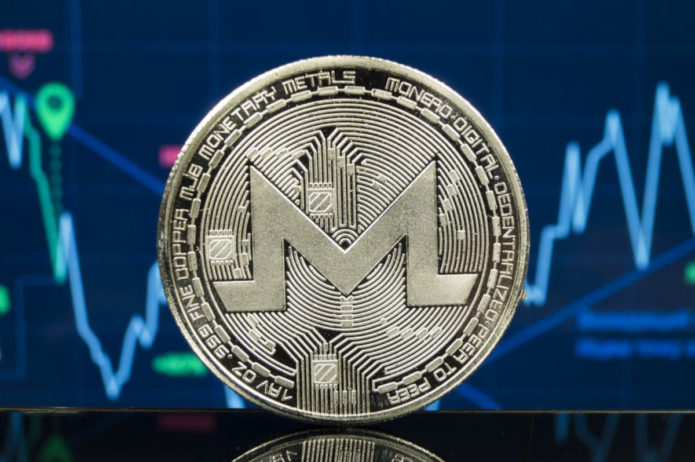Governments across the world have stated their intent to digitize their currencies. Digitizing national currencies would bring many advantages. However, it could also result in governments phasing out paper currencies. Fiat currencies, as they are, present their own unique set of problems, but commerce conducted using paper fiat is private. On the contrary, digitized national currencies give the government a way to track all transactions and thereby eliminate commercial privacy. This is also a problem with Bitcoin; transactions on its blockchain are not private.
People who do not want to use digitized national currencies will find that Monero is a suitable alternative. Monero can be bought or mined, and this article explains all of the basic information miners need to know about this cryptocurrency.
An Introduction to Monero
Monero is a private cryptocurrency that makes it difficult for third parties to monitor transactions. To ensure security, this coin uses ring signatures, stealth addresses, and bulletproofs.
A ring signature is a cryptographic digital signature that can be signed by anyone in a group, every member of which has a key to the cryptographic algorithm. It is difficult for outsiders to determine which of these individuals used their key. Monero uses the Multilayered Linkable Spontaneous Anonymous Group (MLSAG) signatures and ring confidential transactions (ringCT). The MLSAG feature obscures the origin of the transaction while the ringCT hides the transaction amount.
Stealth addresses, bulletproofs, and Dandelion ++ are other components of Monero’s privacy features. Stealth addresses use dual key stealth protocols that create one-time addresses. Bulletproofs are zero-knowledge proofs that protect the details of the transaction without denying its existence. Dandelion ++ is the proverbial icing on the cake — it hides the IP address of the person initiating the transaction.
Besides mining, Monero can be bought on exchanges or earned. Various exchanges sell Moneri nowadays. One of the more convenient and secure options is Godex, which has a favorable 1 BTC to XMR rate. Monero can also be earned by working as a freelancer doing copywriting, programming, or any other task that can be done remotely or independently.
How to Break Into Mining
Transaction verification is done by individuals with specialized hardware and software. The more computing power one has, the more likely it is they will successfully verify the transaction. A person who verifies a transaction receives one Monero coin as a reward. The people who verify transactions are known as miners.
There are two ways to mine Monero: joining a mining pool or starting a private operation. Mining on your own requires a lot of expertise, as well as considerable investment to get the best possible hardware and software. Joining a mining pool is the best avenue to take due to the extreme difficulty of starting a solo operation.
A mining pool is when several miners gather their resources to mine Monero or any other cryptocurrency. People who want to participate in a mining pool must first buy a CPU or GPU and download the appropriate software. It is possible to use a computer’s CPU if it can achieve a high hash rate — the speed at which it can verify a transaction. The greater the computational power, the higher the hash rate.
There are several CPUs and GPUs that work well for mining Monero. AMD and Intel Xeon are the best CPUs for mining. As for GPUs, AMD graphics cards are excellent. GPUs are the better purchase of the two because they can achieve much higher hash rates, but they are more expensive. As for software, the most popular is XMR-STAK-CPU.
Pros and Cons of Mining Monero
There are many advantages to mining Monero. The biggest advantage is that the hardware needed to get started is inexpensive. ASICs can cost thousands of dollars, whereas the CPUs and GPUs mentioned above do not exceed $400 at the time of writing.
Additionally, Monero is one of the most fungible cryptocurrencies in existence. Bitcoin users might have trouble making purchases if the person at the other end of the transaction can see that the unit of crypto was used illegally. This problem does not exist with Monero, as the seller cannot see what the coin was used to buy previously. As a result, all Monero coins are equal and interchangeable.
Monero’s biggest disadvantage is that governments do not like it, and users may be putting a target on their backs by owning it. The Investigative Arm of the Internal Revenue Service has contracted firms to trace transactions back to users. Additionally, exchanges may delist Monero due to regulatory pressure. Exchanges in South Korea and Australia have already done so.
Despite these problems, Monero has a lot to offer for those who wish to mine it. The bar for mining is significantly lower than it is with mining operations requiring ASICs, and they give users a high degree of privacy.


